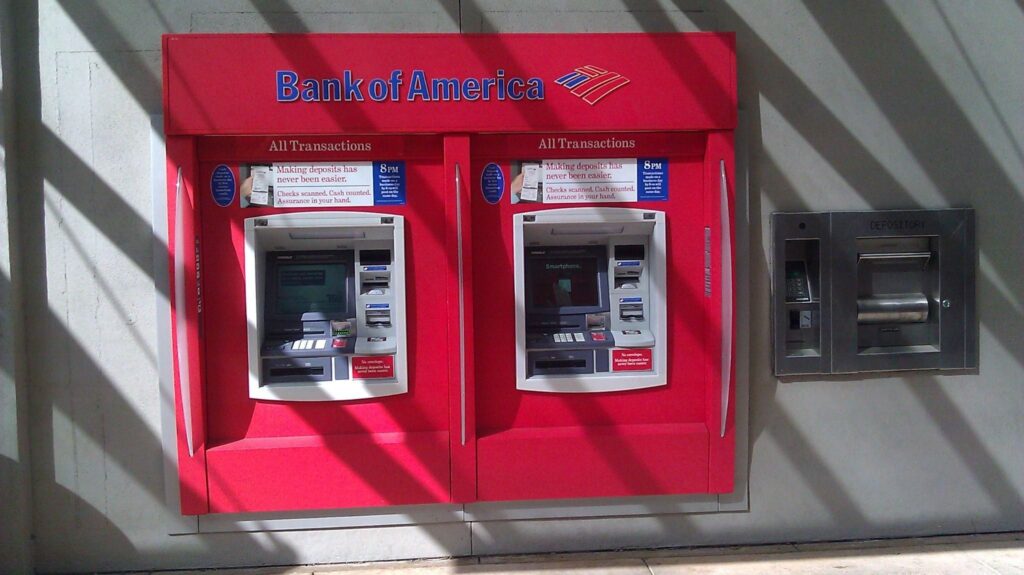In the era of electronic payments, millions of Amercians use their credit cards at several payment points or ATMs each day.
Unfortunately, cash machines and payment points have been heavily targeted by card skimmers in recent years who attempt to steal personal data and, ultimately, thousands of dollars from cardholders’ accounts.
What Is Card Skimming?

Card skimming is a term the FBI uses to define the malicious practice of stealing data from a credit or debit card once inserted into an ATM or payment point.
The device, which can scan and read the data on a bank card, is illegally installed on cash machines, fuel pumps, and many other terminals that accept card payments.
Criminals Hack Personal Data Using a Skimmer
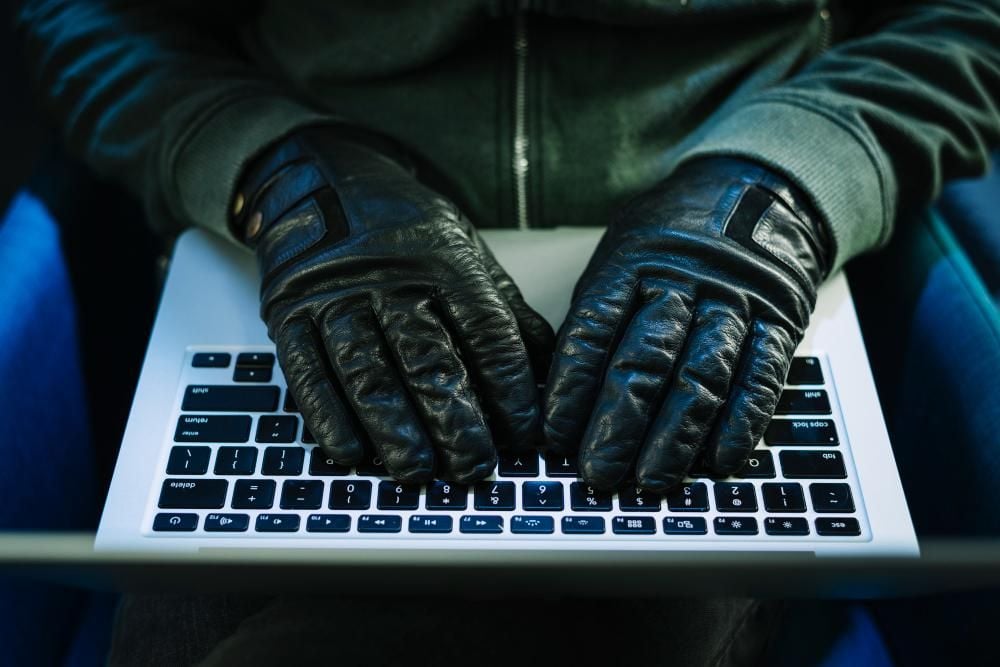
The skimmer works by pillaging the data from the card’s magnetic strip. Sometimes, the thieves will even place a tiny camera at the ATM, which enables them to record the public entering their security pins.
Once the criminals receive the data, they can make fraudulent purchases from their victim’s bank account and even steal large sums of money.
Skimming Becomes a $1 Billion Problem
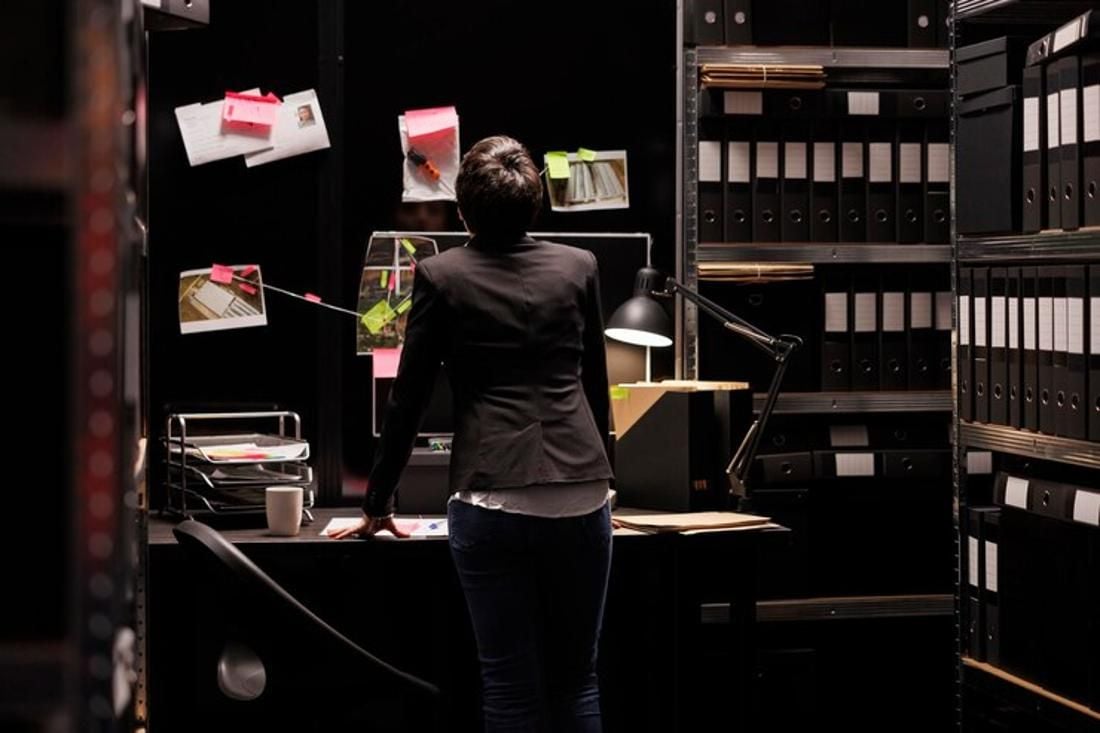
According to the FBI, card skimming has become a worldwide problem that costs banking institutions over $1 billion annually.
An enormous card skimming operation was uncovered in California last year, which led to the arrest of 48 people who had stolen data from over 8,000 credit cards, per KTLA5.
How to Avoid Becoming a Victim of Card Skimming
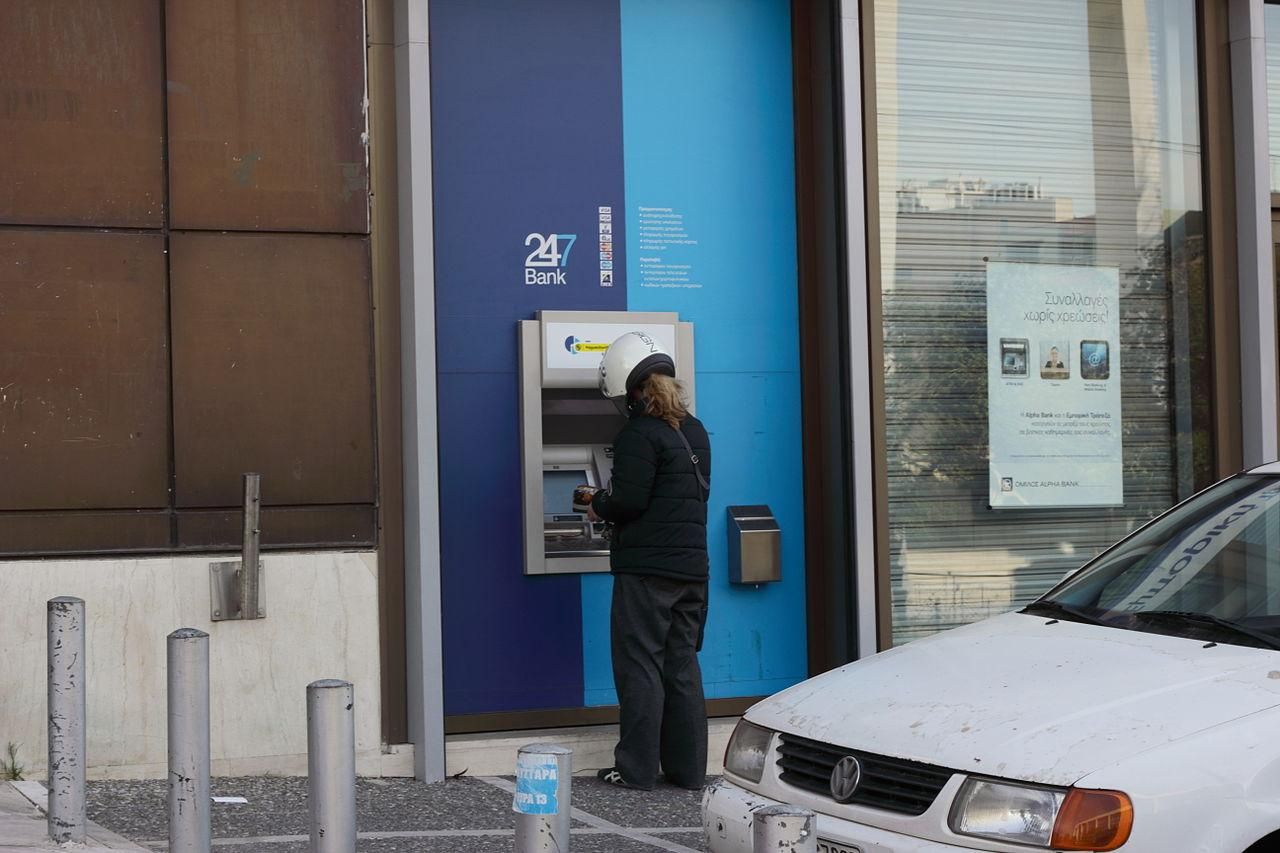
While the idea of becoming a victim of card skimming is terrifying, it shouldn’t stop us from using an ATM.
Several tips can help you identify a card skimmer, ensuring no one falls victim to this malicious practice.
The First Step in Checking for a Card Skimmer
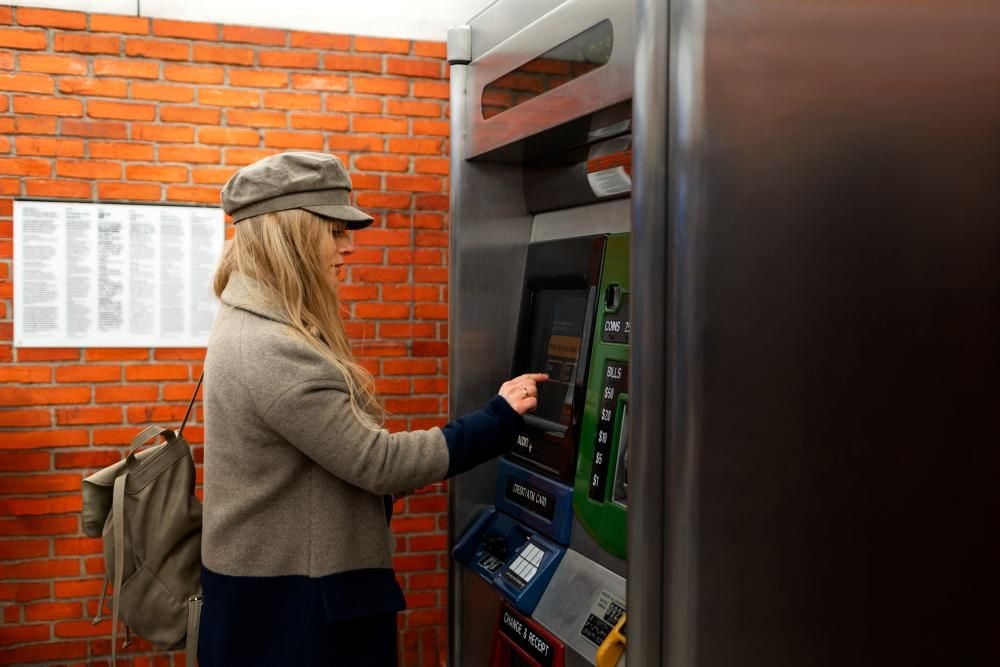
Card skimmers can be challenging to spot with the naked eye, as criminals do their best to ensure they blend in with the cash machine.
Performing an up-close visual and physical inspection is the best way to check if an ATM has been tampered with.
Checking for a Card Skimming Device
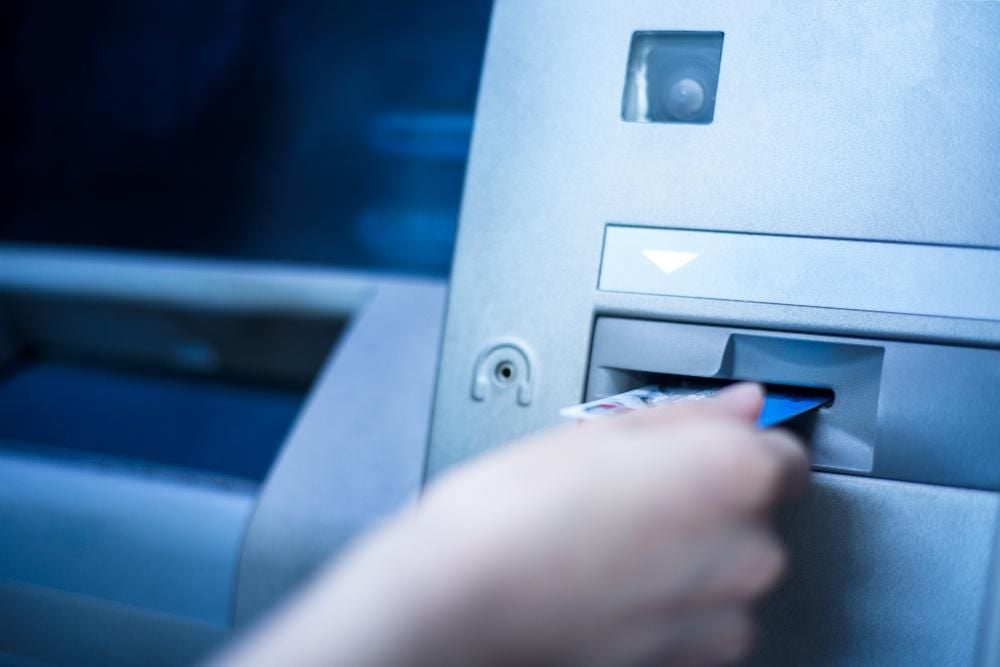
Card skimming devices are typically placed on top of an ATM’s card reader. So, if you notice an unusual alignment or bulky reader, refrain from using the machine.
To further inspect the reader, give it a pull or wiggle, and should it easily come out of place, it’s a clear sign of a fraudulent device.
Be Sure to Check the Keypad
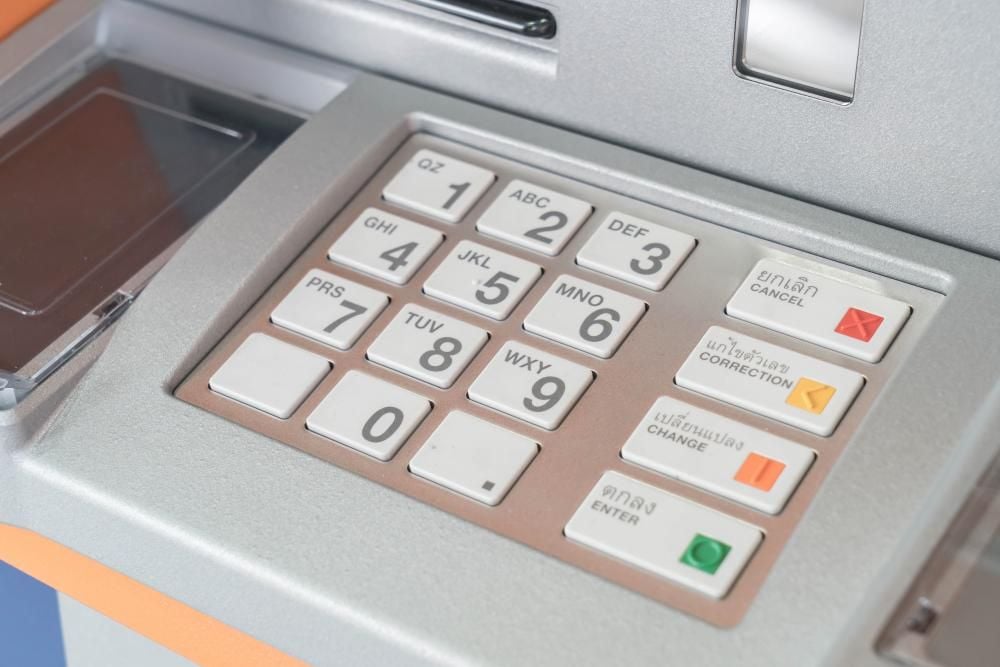
Over the keypad is another part of the cash machine thieves will place their own device.
If you notice the keypad is loose, detached, or damaged, it could be a sign of foul play, and it’s best to avoid withdrawing from that ATM.
Northwest Community Credit Union Offers Advice
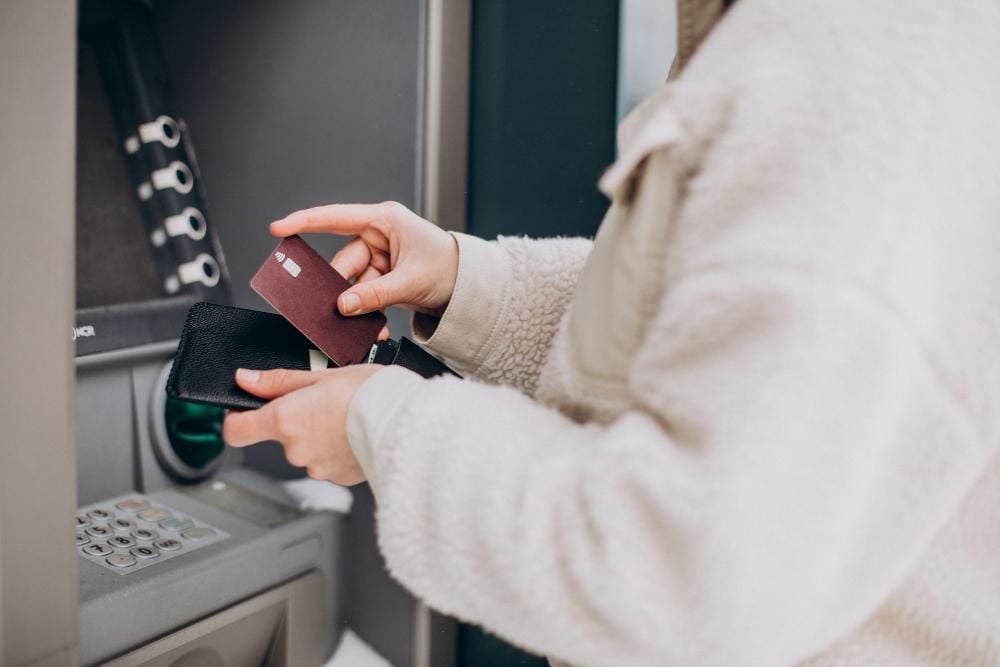
According to Northwest Community Credit Union, three tell-tale signs indicate an ATM has been tampered with.
They suggest card users should avoid using an ATM if they observe an unusual bulkiness to the keypad or card reader, a sticky or glue-like residue is seen on the ATM, or if anything is hanging from the cash point.
Avoiding Skimmers at the Gas Station
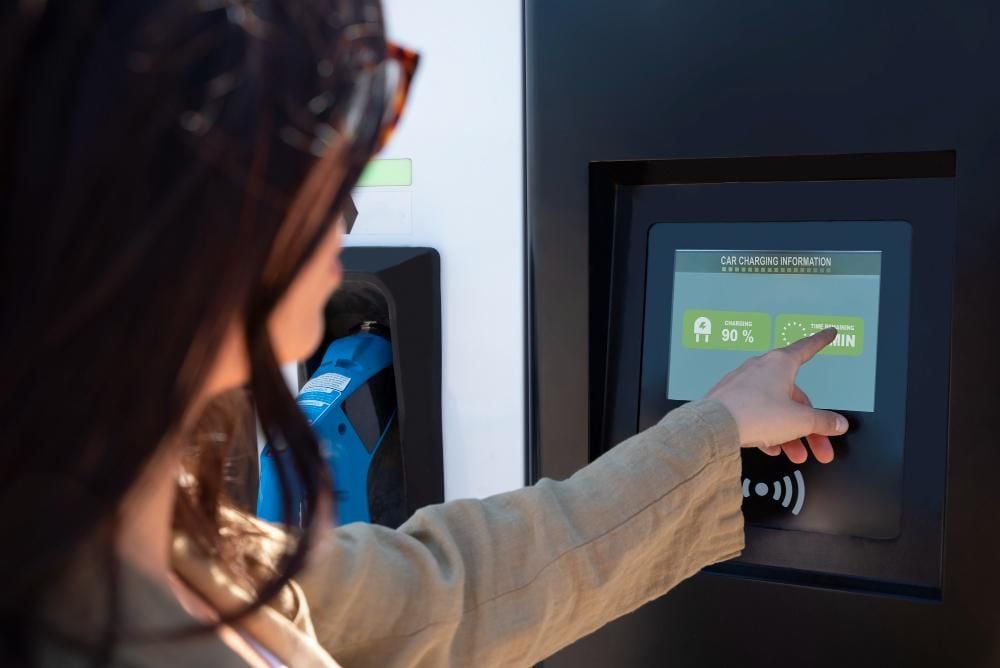
Card skimmers frequently target payment points at gas pump stations. However, this scam can be avoided with a simple check.
Card machines at gas pumps should have a sticker or small piece of security tape that’s placed on the cabinet’s panel. If this seal is broken, avoid using the machine, as it’s most likely been tampered with.
Tips Everyone Should Follow
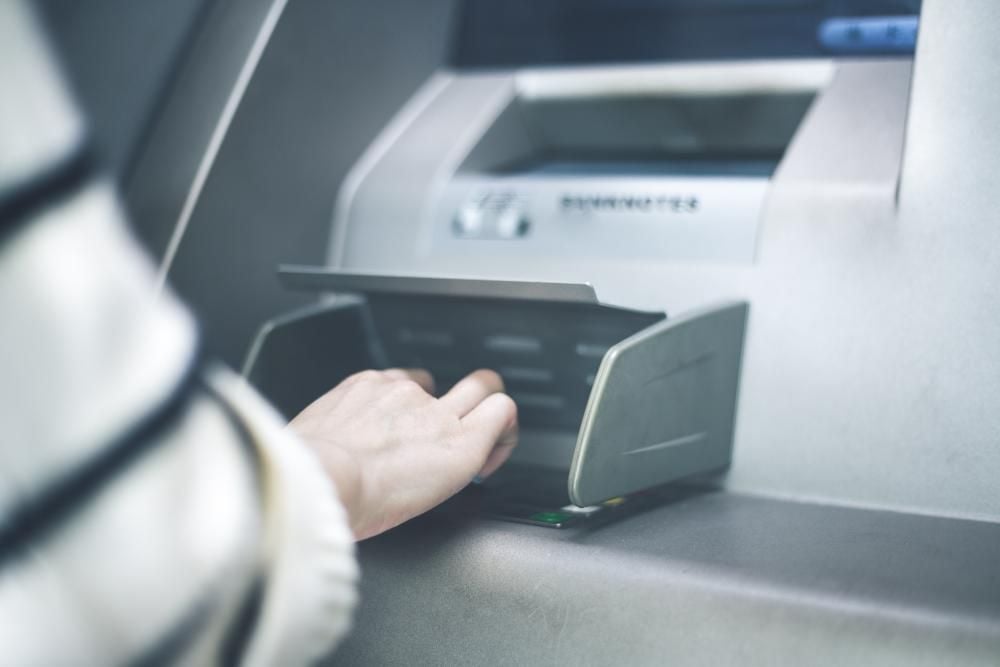
Using an ATM with a respectable level of caution is the best way to avoid any kind of fraudulent scam.
Combine the previously mentioned tips together with vigilance. Cover your pin when entering it at a cash point, use an official bank ATM, and if anything looks suspicious, use another machine.
Remember to Check Over Bank Records

Anyone can still fall victim to the scams carried out by card skimmers despite following the previous tips.
This is why checking bank accounts regularly for discrepancies is essential. Credit card companies have policies protecting against fraudulent charges, but it must first be reported. So, if you observe any unusual purchases, report them to your credit card provider immediately.
